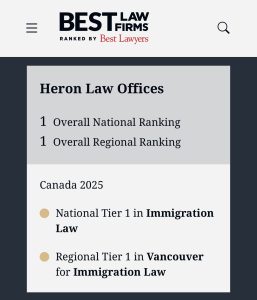Canadian Immigration and Refugee Lawyer, Katie Lay, points out that the movement towards digitization can leave some out, including applicants from the Global South – but also Indigenous Applicants in Canada and those living in Canadian rural communities.

As the immigration application process becomes increasingly digitized, there is an equally increased pressure on applicants to become tech-savvy and become adept at using the internet in ways that they may not otherwise have been required to. It is interesting to note, however, the ways in which the increasingly digitized world of immigration applications is still reliant on certain hard-copy documents – for instance, passport-sized photos that have the photographer’s studio stamp on the back, or wet-signed documents that require access to a printer and scanner. For people who live in cities, it may be easy enough to access a passport photo studio or a print shop where you can get documents printed and scanned. For people who do not live in cities, and particularly people who live in remote areas of the country that are not easily accessible by plane or car, let alone serviced by a Shoppers Drug Mart, it can be downright impossible to meet the requirements set out by IRCC.
IRCC has made a decided shift toward digitization through the use of online portals, and most applications these days must be completed and submitted online, unless there are extenuating circumstances that require a paper-based application. So why do these online portals still require wet signatures? The discrepancy between IRCC’s shift toward digitization and their continued reliance on wet-signed documents and hard-copy photos is most clear in the approach they take to forms within the portals, specifically within the Permanent Resident Application portal. For a spousal sponsorship, there are several forms that must be completed within the portal itself – for example, the IMM0008 – and some like the IMM1344 that are filled out separately and uploaded to the portal. IRCC has been unclear about how these separately-filled-out-and-uploaded forms are meant to be signed – for some, a typed signature may be acceptable, but for others (such as the IMM5532) the applicant and sponsor must print, sign, and scan the form. This adds another level of complication to the application process, and assumes that applicants will have access to a printer and scanner to complete their application. IRCC may have their reasons for this process, but it is unclear why certain forms are able to be completed directly in the portal and declared online while others must be printed and signed by hand. Does it make sense for applicants to have to print, sign, and scan documents, only to have to sign a digital declaration affirming the veracity of their statements prior to submission anyway?
Access to services like passport photo studios and printers is taken for granted by IRCC, when in reality these requirements can be a significant barrier to applicants. In the case of In-Canada Common-Law Spousal Sponsorships, access to services like mail are assumed as well, and letters showing the applicant and sponsor’s shared address are expected as basic proof of cohabitation. In bigger cities people may have regular access to mail, but in rural areas, it may not be reasonably possible for residents to get mail delivered, and people may instead rely on online billing or email-based correspondence for all utilities and services. What does this mean for applicants and sponsors who live together but have no mail confirming their shared address? Are they any less deserving of being able to sponsor their partner, do they deserve to jump through extra hoops to prove the veracity of their relationship because of where they live? Or is it unreasonable for IRCC to make broad assumptions about what people should be able to provide as evidence, regardless of where individuals may be located in the country?
All fingers point toward a need for IRCC to continue updating its policies and requirements so applicants who live in remote areas, particularly Indigenous applicants and sponsors residing on their own traditional territories, are able to complete applications without unnecessary hardship. As applications become digitized and IRCC places increasing emphasis on online portals, it is important to recognize that the requirements to provide photos of stamped physical photos and wet-signed and scanned documents are outdated. Why do applicant photos have to be professionally taken anyway? This is an additional barrier that is unnecessary and provides no clear benefit. While IRCC may assume that applicants are able to access passport photo studios and printers, this is not always the case, and it can be a significant barrier. Furthermore, IRCC has established safeguards and checkpoints for its online portals already – for representatives submitting applications for clients through the Representative Permanent Residence Portal, you must have your client log in, review, and sign off on the application before it can be submitted. So why are hand-written wet signatures still required? I have hope that IRCC is still adjusting to digitization and will fix these issues, but it is important to flag the ways in which the shift to online applications is still leaving applicants in the dark.




